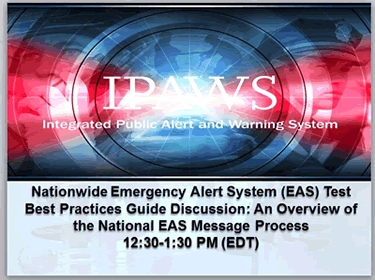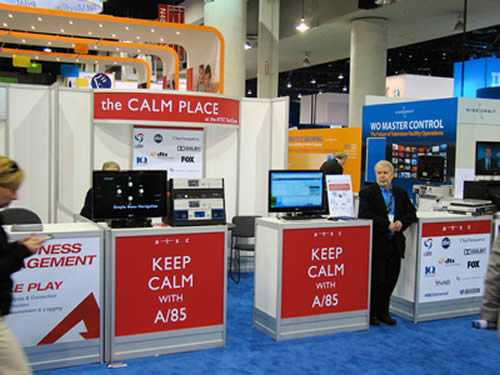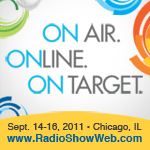
|
NAB Files Comments in Commercial Advertisement Loudness Mitigation Act (CALM Act) Notice of Proposed Rulemaking On May 27, 2011 the FCC issued a Notice of Proposed Rulemaking seeking comment on how to implement the Commercial Advertisement Loudness Mitigation Act ("CALM Act") in order to deal with the perceived loudness of television commercials. NAB filed comments on July 8, 2011 that asked the FCC to establish commercially reasonable rules. In 2009, the ATSC published a Recommended Practice (ATSC A/85) which provides guidance on the proper production and encoding of AC-3 audio. Congress, in the CALM Act then directed the FCC to incorporate into its rules by reference and make mandatory use of A/85 ( and any successor thereto) to mitigate excessively loud commercials in television transmissions. After that Act was passed, the ATSC added Annex J to A/85 to specifically set forth all necessary steps to effectively control the loudness of commercial advertising in AC-3 bit streams transmitted by broadcast television stations (and others). According to Section J.1 of ATSC A/85, Annex J "contains all the courses of action necessary to perform effective loudness control of digital television commercial advertising."
The CALM Act outlined a safe harbor for stations to be deemed to be in compliance with the FCC rules for implementing the CALM Act if the station installs, utilizes, and maintains in a commercially reasonable manner the equipment and associated software necessary to comply with the ATSC A/85 Recommended Practice. NAB's comments specifically encouraged the Commission to: (1) confirm that television stations will be subject only to the requirements of Annex J in ATSC A/85; (2) focus on commercially reasonable efforts when applying Annex J's requirements and the CALM Act's safe harbor compliance provision; (3) adopt a blanket waiver for small businesses and small markets and apply a reasonable deadline for requesting waivers in advance; (4) avoid any interpretation requiring stations that qualify for the safe harbor to demonstrate compliance on a per-commercial basis. NAB specifically advocated that a station's practices should be deemed "commercially reasonable" if the station:
The CALM Act
requires the Commission to adopt regulations on or before December
15, 2011, and specifies that the regulations will take effect one
year after adoption. Reply comments in MB Docket 11-93 are currently
due July 21, 2011 |
|
FEMA Holds EAS National Test Webinar  On
Thursday July 7, the FEMA IPAWS program office held a webinar to
outline and discuss EAS best practices that broadcasters and other
EAS participants should employ in order to be ready for the first-ever
National EAS Test. The national test will occur on November 9, 2011
at 2:00 p.m. Eastern time. On
Thursday July 7, the FEMA IPAWS program office held a webinar to
outline and discuss EAS best practices that broadcasters and other
EAS participants should employ in order to be ready for the first-ever
National EAS Test. The national test will occur on November 9, 2011
at 2:00 p.m. Eastern time.
The participants on the webinar were Manny Centeno, EAS test program manager with the FEMA IPAWS office, Kelly Williams, senior director, engineering and technology policy with NAB's Science and Technology Department and Chris Brandt, a head-end engineer from Alaska. There were over 400 on-line attendees. FEMA announced during the webinar that they will be producing a Best Practices and Test Procedure document that will be released in late September. The best practices guide will include information and ideas proposed on the IdeaScale website and discussed during the virtual roundtables and EAS Test Update webinars. The dates and topics for the future on-line events are:
Slides from
the July 7 webinar are available on the IdeaScale website.
While there you can also submit your thoughts about the National
Test. The July 11, 2011 TV TechCheck is also available in an Adobe Acrobat file. Please click here to read the Adobe Acrobat version of TV TechCheck. |





